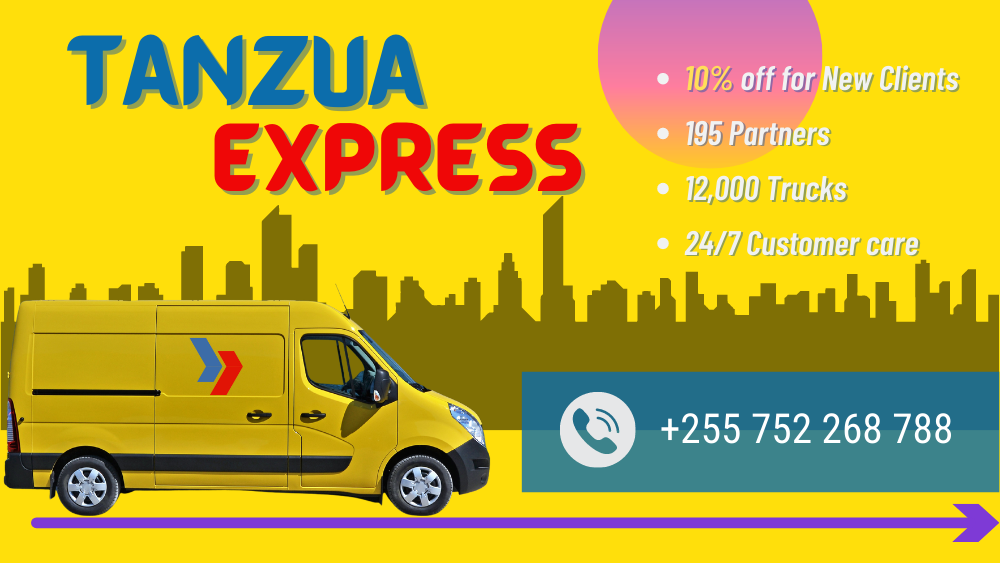Kuna mengi ambayo huenda katika usafirishaji wa mizigo ya LTL. Kuanzia kupata mtoa huduma anayefaa hadi kuandaa maagizo kwa uangalifu, kupanga kwa uangalifu kutaweka usafirishaji wako kwa mafanikio. Ikiwa wewe ni mgeni katika usafirishaji wa LTL, tumeandaa mwongozo wa hatua kwa hatua wa anayeanza unayoweza kufuata.
Pata nukuu
Duka lako limepokea agizo lake la kwanza, hizo ni habari za kusisimua! Lakini nini sasa? Ili kuanza usafirishaji, anza kwa kupata bei ya mizigo.
Nukuu ya mizigo ni makadirio ya gharama za usafirishaji kulingana na maelezo uliyotoa kwa watoa huduma. Kuna njia kadhaa za kupata bei ya mizigo – kupitia wakala wa mizigo, soko la mtandaoni, au mtoa huduma huru. Soma zaidi juu ya jinsi ya kupata nukuu bora.
Chagua mtoa huduma maalum
Kulingana na bidhaa yako au kiwango cha huduma unachochagua, hakikisha umechagua mtoa huduma maalum anayekufaa ili kutimiza mahitaji yako ya usafirishaji. Ikiwa bidhaa yako inahitaji utunzaji maalum, ni bora kuchagua mtoa huduma aliye na uzoefu zaidi katika kusafirisha aina yako ya bidhaa. Kuchagua mtoa huduma anayefaa hupunguza kiwango cha uharibifu wako na uwezekano wa kuwasilisha dai.
Tayarisha usafirishaji wako.
Kutotayarisha usafirishaji wako ipasavyo ndio sababu kuu ya kutozwa na uharibifu zaidi. Kuhakikisha kuwa vipimo vyako ni sahihi kwa bei ya mizigo uliyoomba kunaweza kusaidia kuzuia matumizi kupita kiasi.
Kuna njia mbili za msingi za kufunga usafirishaji wa LTL – crating au palletizing. Usafirishaji wako utashughulikiwa mara kadhaa katika mchakato wote wa usafirishaji, ndiyo maana kulinda bidhaa zako zilizofungashwa kwa makreti na pallet kutakuwa dau lako salama zaidi. Weka vitu vizito zaidi chini ya kreti na nyepesi zaidi juu. Kwa vidokezo zaidi vya kufunga, angalia vidokezo hivi vya haraka juu ya jinsi ya kufunga mizigo ya LTL.
Tayarisha Lebo na Muswada wa Kupakia
Bill of Lading ndio hati muhimu zaidi kati yako na mtoa huduma, inayoelezea asili ya usafirishaji ambapo itafika. BOL ina habari zaidi kuliko lebo ya kawaida ya usafirishaji, ikijumuisha uzito, idadi ya vipande, darasa la mizigo na maagizo maalum. BOL inapaswa kukamilika na kukabidhiwa kwa mtoa huduma wakati wa kuchukua. Ikiwa unahifadhi usafirishaji wako mtandaoni au kupitia wakala, utapewa BOL ili uchapishe.
Iwe ni ya pallet au isiyo na pallet, kila katoni inapaswa pia kuwa na lebo ya usafirishaji iliyo na nambari za simu, maelezo kamili ya anwani na nambari za PRO kwa madhumuni ya kufuatilia.
Hatimaye, ikiwa mizigo yako inahitaji ushughulikiaji maalum, kama vile vitu dhaifu au nyeti inayoinamisha, ziweke lebo ipasavyo ili watoa huduma wafahamu wakati wa usafirishaji. Ikiwa kifurushi hakiwezi kutundikwa, weka alama “Usirundike” kwenye kisanduku ukitumia lebo pande zote. Kumbuka kuwa hii inapaswa kutajwa mapema katika Hatua ya 1 kabla ya kupata nukuu.
Panga tarehe ya kuchukua mizigo
Baada ya usafirishaji wako kuwa tayari kusafirishwa, panga tarehe ya kuchukua. Kumbuka kwamba tarehe ya kuchukua si lazima tarehe ambayo mtoa huduma atakuja na kuichukua – hii inatofautiana kulingana na mtoa huduma. Kulingana na eneo na umbali, picha za kuchukua zimepangwa kwa dirisha la dakika 90. Pia kuna muda wa jumla wa kukatwa, ambao ni dirisha la dakika 90 kabla ya kizimbani kufungwa.
Fuatilia usafirishaji wako
Nambari ya PRO katika hatua ya 4 ndiyo itawezesha ufuatiliaji wa bidhaa zako zilizopakiwa. Ni nambari ya tarakimu 7-9 kwenye kibandiko cha msimbopau kinachoweza kutambulika kwenye usafirishaji. Wakati mtoa huduma anachukua mzigo kwa mara ya kwanza, msimbopau utachanganuliwa na kuingizwa kwenye mfumo wao wa kufuatilia mtandaoni. Kila wakati mtoa huduma anapotaka kusasisha hali ya ufuatiliaji, huchanganua msimbo huu ili wasafirishaji waweze kufuatilia hali katika kila sehemu ya kubadilishana.
Dhibiti madai au bili zozote ambazo hazijalipwa.
Ajali hutokea, hasa katika vifaa. Usafirishaji unaweza kuwasili ukiwa umeharibika au kutozwa ada kutokana na kutozwa zaidi.
Ikiwa unatumia suluhisho la usafirishaji mtandaoni kama vile Freight Club, usimamizi wa madai utawasilishwa kwa niaba yako na kuwasilishwa kwa mtoa huduma. Ununuzi wa bima utaongeza uwezekano wako wa kiwango cha juu cha malipo ya madai na muda mfupi wa kusubiri.
Dalali wa mizigo ni mtu wa kati. Kwa kawaida hawataingilia kati dai kati ya mtumajimaji na mtoa huduma. Wakati wa kuwasilisha dai, lazima utoe hati zinazounga mkono ili uombe kiasi cha kisheria ulichotumia kwa uharibifu au hasara. Kuna vipengele vinne vya kuwasilisha dai:
Muswada Asili wa Upakiaji
Bili ya Mizigo iliyolipwa
Uthibitisho wa thamani ya bidhaa zilizopotea au kuharibiwa.
Ripoti za Ukaguzi
Kudhibiti madai na utozaji wa ziada kunaweza kuchukua muda, ndiyo maana tunapendekeza ufanye kazi na timu ya wataalamu wa usafirishaji ambayo inaweza kukusaidia kuongeza malipo yako. Katika Freight Club, tumepanga usafirishaji wako ili ufanikiwe kwa kukusaidia kulinganisha SKU zako na mtoa huduma anayekufaa zaidi na kutoa timu ya huduma kwa wateja bila malipo mambo yanapoharibika. Tanzua Express pia inafanya kazi na Tanzua Express pia hufanya kazi na kampuni za bima kutoa nukuu za bima zinazojumuisha, kulinda wasafirishaji dhidi ya uharibifu na hasara.
